Home>Storage Ideas>Bathroom Storage>How To Clean A Bathroom Sink Drain
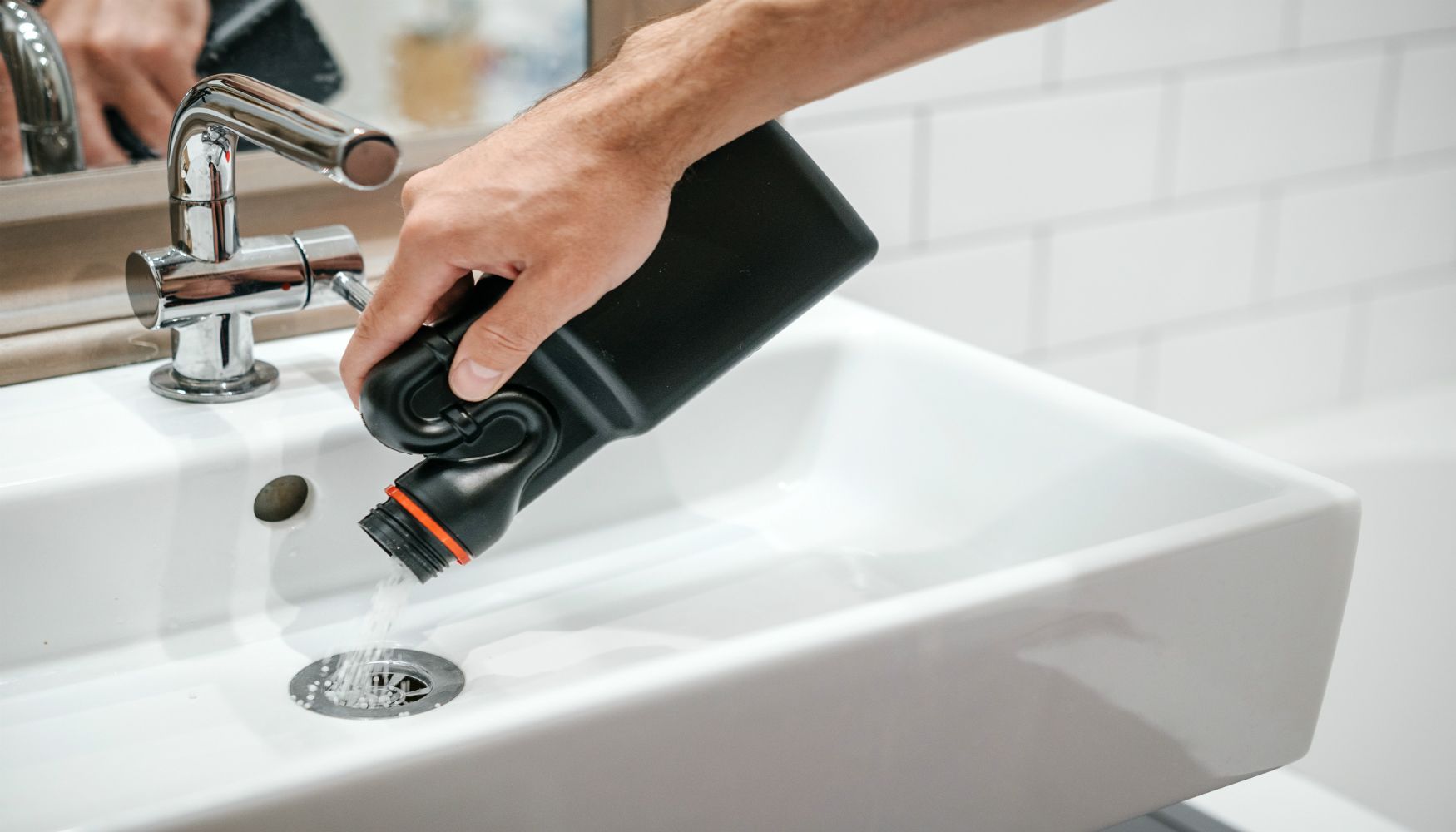

Bathroom Storage
How To Clean A Bathroom Sink Drain
Modified: February 23, 2024
Learn how to clean your bathroom sink drain and ensure effective bathroom storage. Remove clogs and keep your sink functioning properly with our simple tips.
(Many of the links in this article redirect to a specific reviewed product. Your purchase of these products through affiliate links helps to generate commission for Storables.com, at no extra cost. Learn more)
Introduction
Welcome to the ultimate guide on how to clean a bathroom sink drain! A clogged or dirty drain can be a common problem in bathrooms, causing water to back up and creating an unpleasant odor. Regular maintenance and cleaning of your bathroom sink drain can help prevent clogs and keep your bathroom fresh and hygienic.
Having a clean and functional bathroom sink drain not only improves the overall appearance of your bathroom, but it also ensures that water drains smoothly, preventing any potential damage to your plumbing system. With a few simple tools and materials, you can easily tackle this task and have your bathroom sink drain running smoothly in no time.
In this article, we will guide you through the step-by-step process of cleaning a bathroom sink drain, from removing debris to using effective cleaning methods for clogs and odors. So, let’s dive in and learn how to keep your bathroom sink drain in top shape!
Key Takeaways:
- Regular maintenance and cleaning of your bathroom sink drain is crucial for preventing clogs and odors, ensuring a hygienic and functional bathroom environment.
- Utilize simple tools and natural cleaning methods like baking soda and vinegar to easily tackle clogs and keep your bathroom sink drain in optimal condition.
Read more: How To Clean Kitchen Sink Drain
Tools and Materials Needed
Before you start cleaning your bathroom sink drain, gather the following tools and materials:
- Plunger: A sink plunger will be used to clear clogs and create suction to remove any blockages.
- Zip-It Tool: This handy tool is designed to remove hair clogs from drains.
- Baking Soda: Baking soda acts as a natural cleaner and deodorizer.
- Vinegar: Vinegar is an excellent cleaning agent that helps dissolve stubborn clogs and eliminates foul odors.
- Hot Water: Hot water is used to flush out the drain and remove any remaining debris.
- Old Toothbrush: An old toothbrush will come in handy for scrubbing and cleaning hard-to-reach areas.
- Cloth or Paper Towels: These will be used to wipe down and dry the sink area after cleaning.
Make sure you have all the necessary tools and materials ready before you begin the cleaning process. Having everything prepared will make the task more efficient and save you time and effort.
Step 1: Remove Debris from the Surface
The first step in cleaning your bathroom sink drain is to remove any visible debris from the surface. Start by removing any items such as toothbrushes, soap, or hair that may be resting on or near the drain.
Next, use a paper towel or cloth to wipe away any loose dirt or grime on the sink surface. Be thorough and make sure to clean around the drain opening and the surrounding area.
If there are any built-up mineral deposits or soap scum on the surface, you can use a mild cleaner or a mixture of water and vinegar to clean and wipe them away. Scrub gently with a cloth or old toothbrush to ensure all residue is removed.
By removing the debris from the surface, you prevent it from falling into the drain and causing further blockages. This step also helps create a clean foundation for the rest of the cleaning process.
Once you have cleared the surface of any visible debris, you are ready to move on to the next step in cleaning your bathroom sink drain.
Step 2: Remove and Clean the Drain Stopper
Removing and cleaning the drain stopper is an important step in ensuring a thorough clean of your bathroom sink drain. Over time, the drain stopper can accumulate soap residue, hair, and other debris, leading to clogs and unpleasant odors.
To remove the drain stopper, locate the lever or knob near the back of the sink. Depending on the type of stopper you have, you may need to rotate it counterclockwise or lift it up to release it from the drain.
Once the drain stopper is detached, inspect it for any visible buildup. Use a toothbrush or a small scrub brush to clean off any debris or residue that has collected on the stopper. Pay close attention to the underside of the stopper, as this is where most of the dirt tends to accumulate.
If the drain stopper is removable, soak it in a mixture of warm water and vinegar to help loosen and dissolve any stubborn grime. After soaking, scrub it gently to remove any remaining residue.
While the drain stopper is removed, take the opportunity to clean the drain opening as well. Use a cloth or an old toothbrush to scrub the area, making sure to remove any buildup or debris.
After cleaning, rinse both the drain stopper and the drain opening thoroughly with water to ensure all the cleaning agents and dirt are washed away.
Once the drain stopper is clean and the drain opening is free of debris, you can reattach the stopper by reversing the steps you took to remove it. Ensure that it is securely in place.
By removing and cleaning the drain stopper, you eliminate any potential blockages and odors caused by buildup. This step is crucial in maintaining a clean and functional bathroom sink drain.
Step 3: Use a Plunger to Clear Clogs
If you’re experiencing a clogged bathroom sink drain, using a plunger can be an effective method to clear the blockage. The suction created by the plunger helps to dislodge and remove the clog, allowing water to flow freely again.
Here’s how you can use a plunger to clear clogs in your bathroom sink drain:
- Ensure that there is enough water in the sink to cover the plunger. If not, add some water until it covers the rubber cup of the plunger.
- Place the plunger over the drain, making sure it covers the entire opening. Press down firmly to create a tight seal.
- Begin plunging by pushing down and then pulling up in quick, repetitive motions. Maintain a steady rhythm and apply sufficient force to create suction.
- Continue plunging for about 20-30 seconds, or until you feel the clog release and water starts to drain. Be patient, as it may take a few attempts to clear the clog completely.
- Once the clog is cleared, run water down the drain to check if it is draining properly. If the water flows smoothly, then the clog has been successfully cleared.
If the clog persists after using a plunger, you may need to repeat the process a few times or try a different method, such as using a zip-it tool or a combination of baking soda and vinegar, which we will discuss later.
Remember, always exercise caution when using a plunger to avoid any splashing or mess. If you’re unsure or uncomfortable using a plunger, it’s best to seek the assistance of a professional plumber to avoid causing any further damage to your plumbing system.
Using a plunger is a simple and effective method to clear minor clogs in your bathroom sink drain. It’s a handy tool that every homeowner should have on hand for quick and easy drain maintenance.
Pour a mixture of 1 cup of baking soda and 1 cup of vinegar down the drain, followed by hot water. Let it sit for 15 minutes, then flush with hot water to clear the clog and eliminate odors.
Read more: How To Clean A Stinky Sink Drain
Step 4: Use a Zip-It Tool for Hair Clogs
Hair clogs are a common issue in bathroom sink drains. If you’re dealing with a hair clog that cannot be cleared with a plunger, using a zip-it tool can be a game-changer.
The zip-it tool is a flexible plastic strip with tiny barbs along its surface. This tool is designed to hook and pull out hair clogs from the drain. Here’s how you can use a zip-it tool to clear hair clogs:
- Insert one end of the zip-it tool into the drain, pushing it as far as it will go.
- Gently wiggle the tool back and forth, allowing the barbs to grab onto and entangle the hair clog.
- Slowly pull the zip-it tool out of the drain, taking care not to yank or jerk it too forcefully.
- Dispose of the extracted hair and any other debris that may have come out with it.
Repeat the process a few times if necessary, ensuring that you thoroughly clear the hair clog from the drain. Once you’ve removed the hair, run water down the drain to check if it is flowing freely.
The zip-it tool is a simple yet effective solution for hair clogs. It can save you from expensive plumbing bills and keep your bathroom sink drain functioning optimally.
Remember to clean the zip-it tool after each use, as it may accumulate debris and become less effective over time. Simply rinse it off with water and allow it to dry before storing it for future use.
If you find that hair clogs are a recurring problem in your bathroom sink drain, consider using a drain cover or hair catcher to prevent hair from going down the drain in the first place. These inexpensive accessories can be easily installed and save you from the hassle of clearing clogs.
Using a zip-it tool is a practical and affordable way to tackle hair clogs and maintain a clean and functional bathroom sink drain.
Step 5: Use Baking Soda and Vinegar for Odor Removal
Unpleasant odors emanating from your bathroom sink drain can be off-putting. Fortunately, you can easily eliminate these odors using a simple combination of baking soda and vinegar.
Follow these steps to use baking soda and vinegar for odor removal:
- Start by pouring about half a cup of baking soda down the drain. Make sure it goes directly into the drain opening.
- Next, pour an equal amount of vinegar into the drain. The combination of baking soda and vinegar will create a chemical reaction that helps loosen any remaining debris and eliminates odor-causing bacteria.
- As the mixture fizzes and bubbles, cover the drain opening with a cloth or plug to trap the reaction. This helps direct the cleaning power downward into the drain.
- Leave the mixture to work its magic for about 15-20 minutes. During this time, the baking soda and vinegar will break down any lingering odors and help clear away any remaining debris.
- After the allotted time, remove the cloth or plug and flush the drain with hot water. The hot water will help rinse away any residual baking soda and vinegar, ensuring a clean and fresh-smelling drain.
Using baking soda and vinegar is a natural and effective method to eliminate odors from your bathroom sink drain. It’s also a safe alternative to harsh chemical cleaners that can potentially damage your plumbing system.
You can repeat this process periodically to freshen up the drain and prevent odors from returning. It’s a simple yet powerful solution to keep your bathroom smelling clean and inviting.
Remember, regular maintenance is key to preventing odors in the first place. By cleaning your drain on a regular basis and being mindful of what goes down the sink, you can minimize unwanted smells and keep your bathroom smelling fresh.
Step 6: Flush with Hot Water
After you have completed the previous steps to remove debris, clean the drain stopper, clear clogs, and eliminate odors, it’s time to give your bathroom sink drain a final cleanse by flushing it with hot water.
Flushing with hot water helps to further dissolve any remaining residue, debris, or cleaning agents in the drain, ensuring a thorough cleaning. Here’s how you can flush your bathroom sink drain with hot water:
- Boil a kettle or heat water until it is hot but not boiling.
- Carefully pour the hot water directly into the drain opening. Be cautious to avoid any splashing or burning yourself.
- Allow the hot water to flow down the drain for a few minutes, flushing out any remaining dirt or grime.
- If needed, repeat the process with hot water until you are satisfied that the drain is clean and free of any debris or cleaning agents.
By flushing your bathroom sink drain with hot water, you ensure that the cleaned drain is left sparkling and free from any potential blockages or lingering residue.
It’s important to note that if you have a porcelain or ceramic sink, you should avoid using boiling water, as it may cause the material to crack or become damaged. Stick to hot water that is within a safe temperature range to avoid any accidents or damage to your sink.
Regularly flushing your bathroom sink drain with hot water as part of your maintenance routine can help prevent clogs and keep your drain flowing smoothly. It’s a quick and easy step that can make a significant difference in maintaining a clean and functional sink drain.
Step 7: Regular Maintenance Tips
To ensure that your bathroom sink drain remains in optimal condition and to prevent future clogs and odors, it’s important to practice regular maintenance. Here are some essential tips to keep in mind:
- Avoid pouring grease or oil down the drain: Grease and oil can solidify in your drain, leading to clogs. Dispose of them in the trash instead.
- Use drain covers or hair catchers: Install a drain cover or hair catcher to prevent hair, soap residue, and other debris from going down the drain.
- Flush with hot water regularly: Once a week, pour hot water down the drain to help dissolve any buildup and keep the drain flowing smoothly.
- Avoid harsh chemical cleaners: Chemical cleaners can damage your pipes and harm the environment. Opt for natural cleaning methods like baking soda and vinegar instead.
- Regularly clean the drain stopper: Remove and clean the drain stopper regularly to prevent buildup and keep it functioning properly.
- Consider using a natural enzyme cleaner: Enzyme cleaners help break down organic matter and can be beneficial for maintaining a clean and odor-free drain.
- Inspect and address leaks promptly: If you notice any leaks or water damage around the drain or pipes, fix them promptly to prevent further damage.
By incorporating these regular maintenance tips into your routine, you can keep your bathroom sink drain in top shape and minimize the chances of encountering future clogs and odors.
Remember, prevention is key when it comes to drain maintenance. Being mindful of what goes down the drain and implementing regular cleaning habits can save you time, money, and headaches down the line.
By following these maintenance tips, you can ensure that your bathroom sink drain remains clean, functional, and odor-free for years to come.
Read more: How To Clean A Bathroom Sink Drain
Conclusion
Keeping your bathroom sink drain clean and in good working condition is essential for maintaining a hygienic and pleasant bathroom environment. Regular maintenance and cleaning can prevent clogs, eliminate odors, and ensure that water flows freely down the drain.
In this comprehensive guide, we have walked you through the step-by-step process of cleaning a bathroom sink drain. From removing debris to using a plunger, zip-it tool, baking soda and vinegar, and hot water, each step plays a vital role in maintaining a clean and functional drain.
Remember to gather the necessary tools and materials before starting the cleaning process, and pay attention to proper technique and safety precautions. By following the tips and methods outlined in this article, you can easily tackle clogs and odors and keep your bathroom sink drain in optimal condition.
Additionally, incorporating regular maintenance habits such as avoiding pouring grease down the drain, using drain covers or hair catchers, and flushing with hot water can help prevent future issues and ensure the long-term health of your drain.
By taking care of your bathroom sink drain and practicing good habits, you can enjoy a clean and fresh-smelling bathroom, while also avoiding costly plumbing repairs and inconveniences.
So, roll up your sleeves, gather your tools, and give your bathroom sink drain the attention it deserves. With the knowledge and techniques shared in this guide, you can master the art of bathroom sink drain cleaning and enjoy a pristine bathroom for years to come.
Frequently Asked Questions about How To Clean A Bathroom Sink Drain
Was this page helpful?
At Storables.com, we guarantee accurate and reliable information. Our content, validated by Expert Board Contributors, is crafted following stringent Editorial Policies. We're committed to providing you with well-researched, expert-backed insights for all your informational needs.
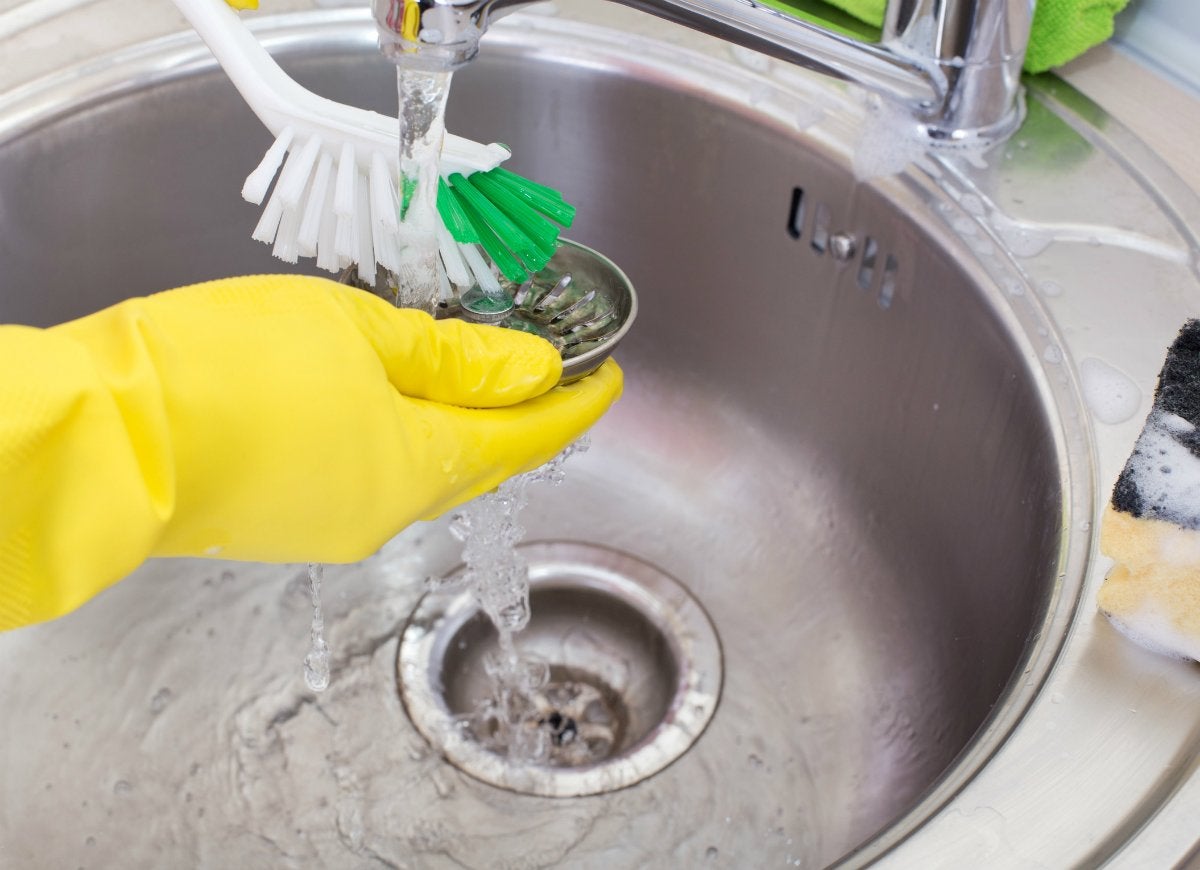
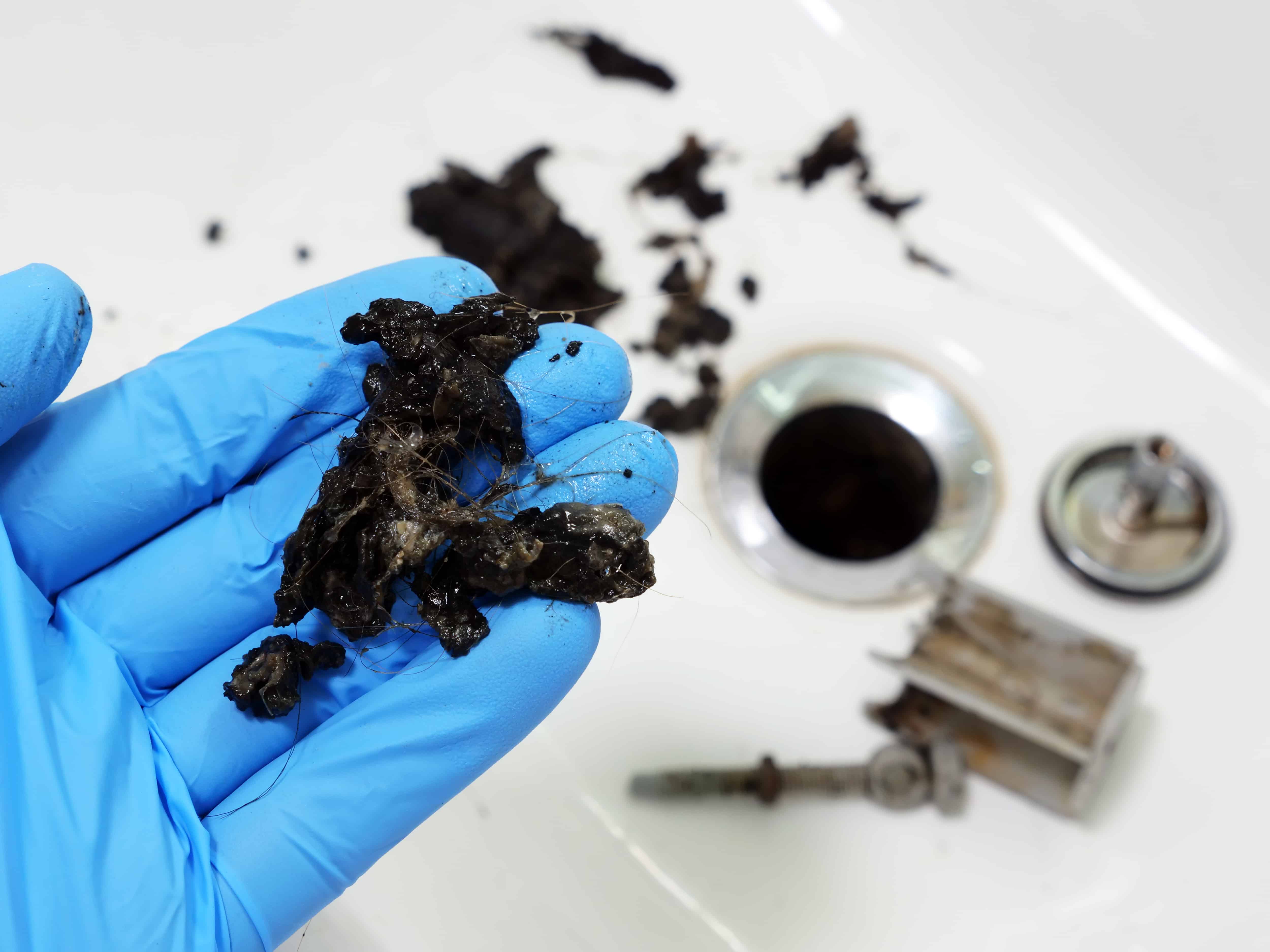
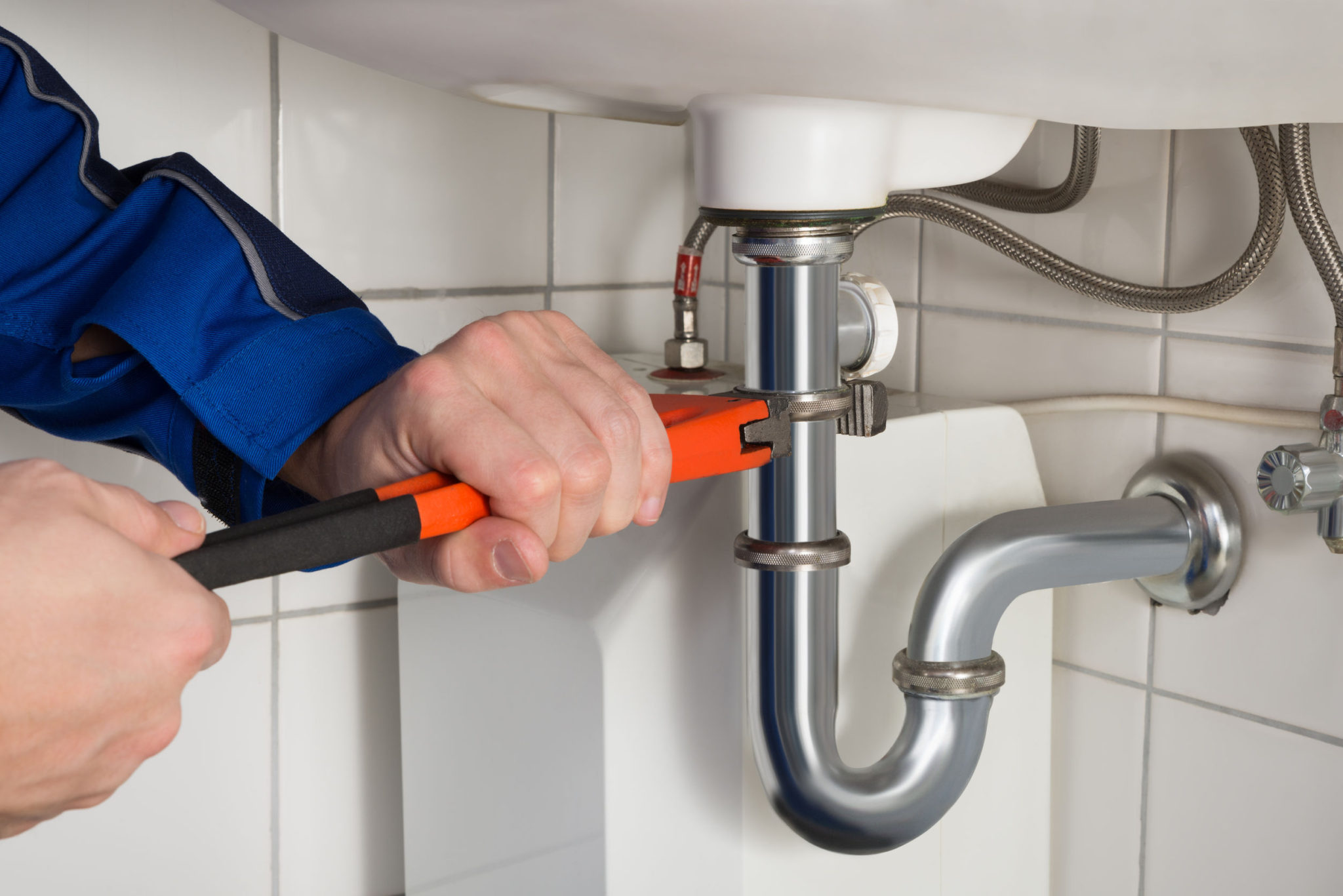
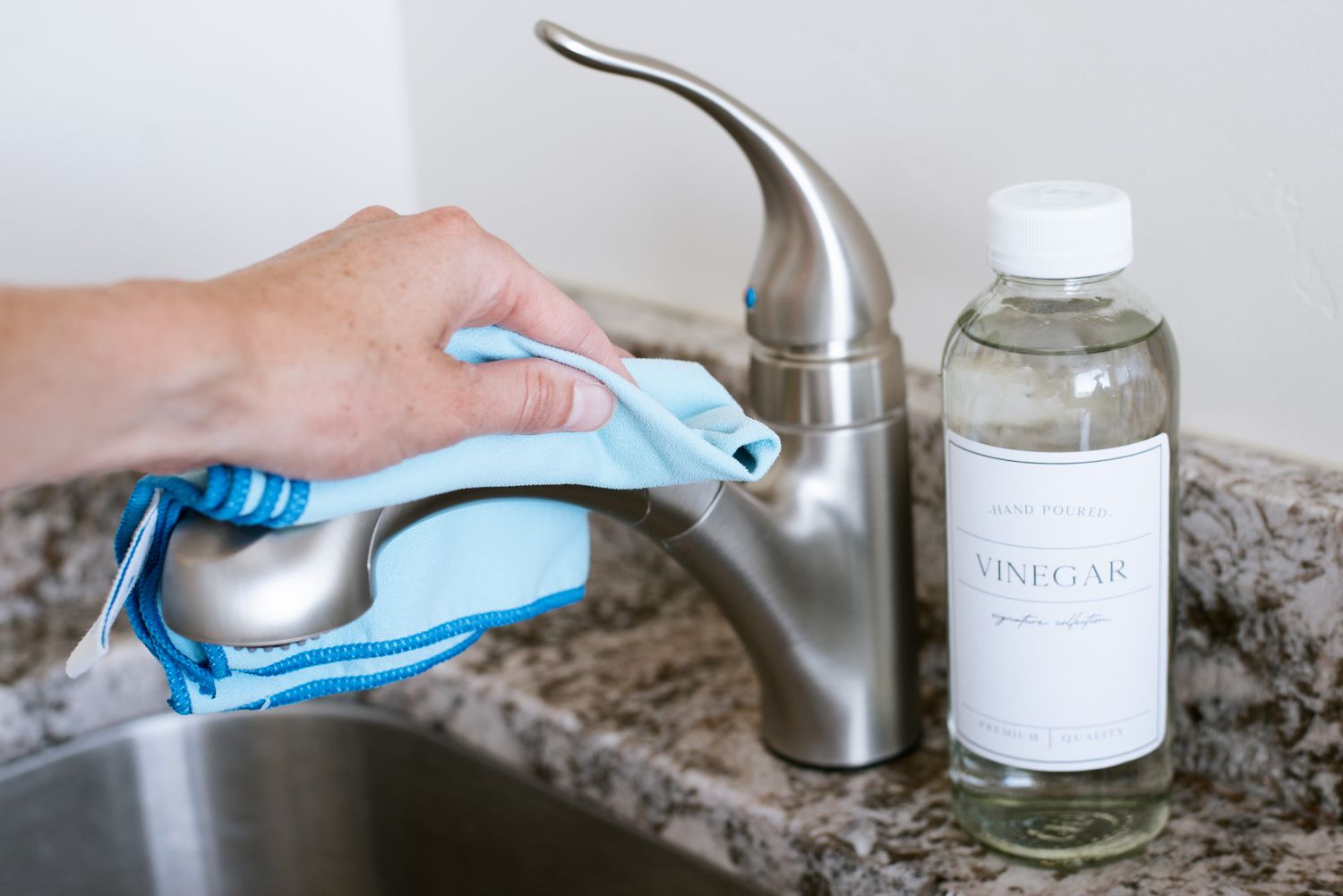
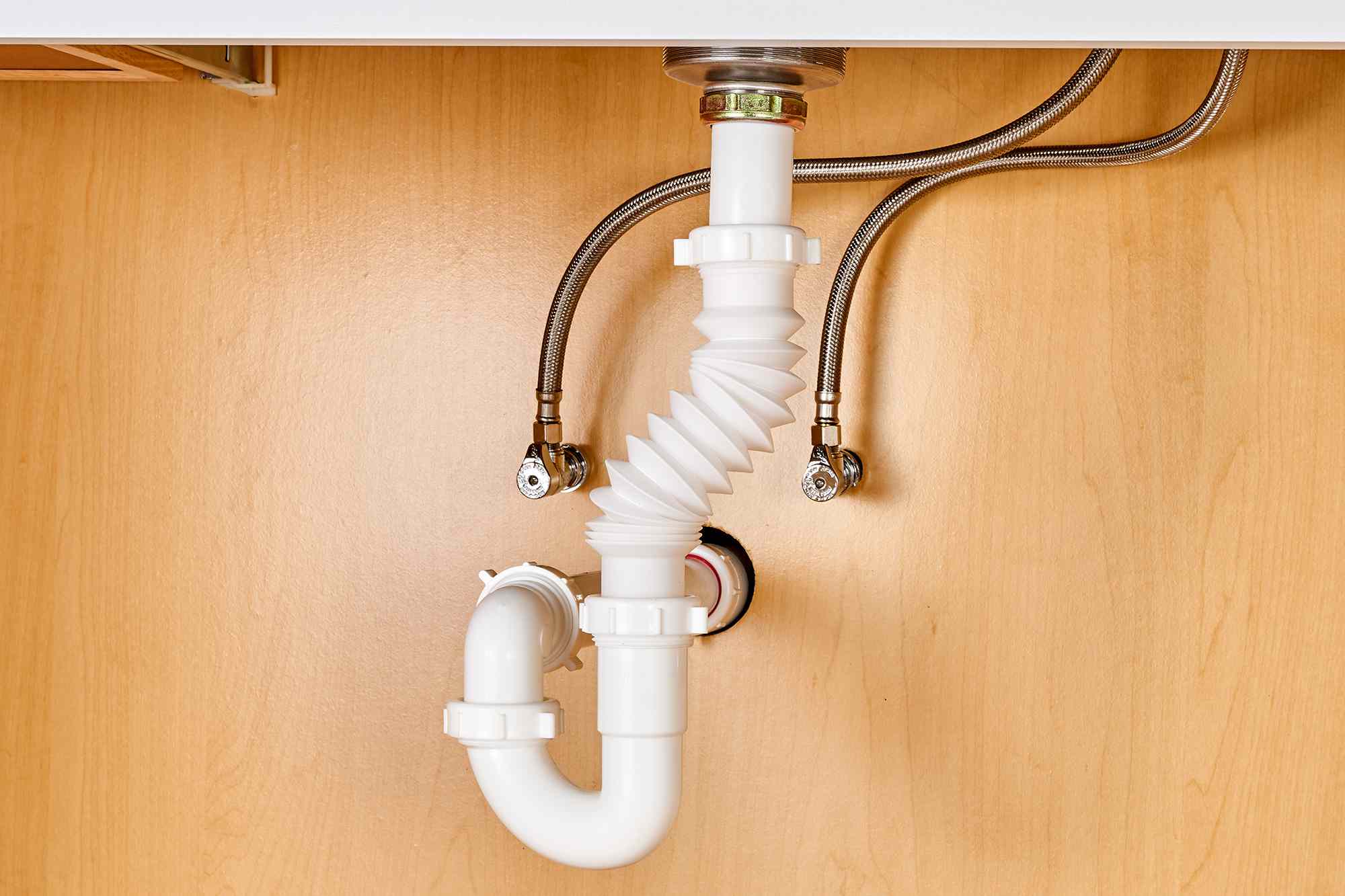
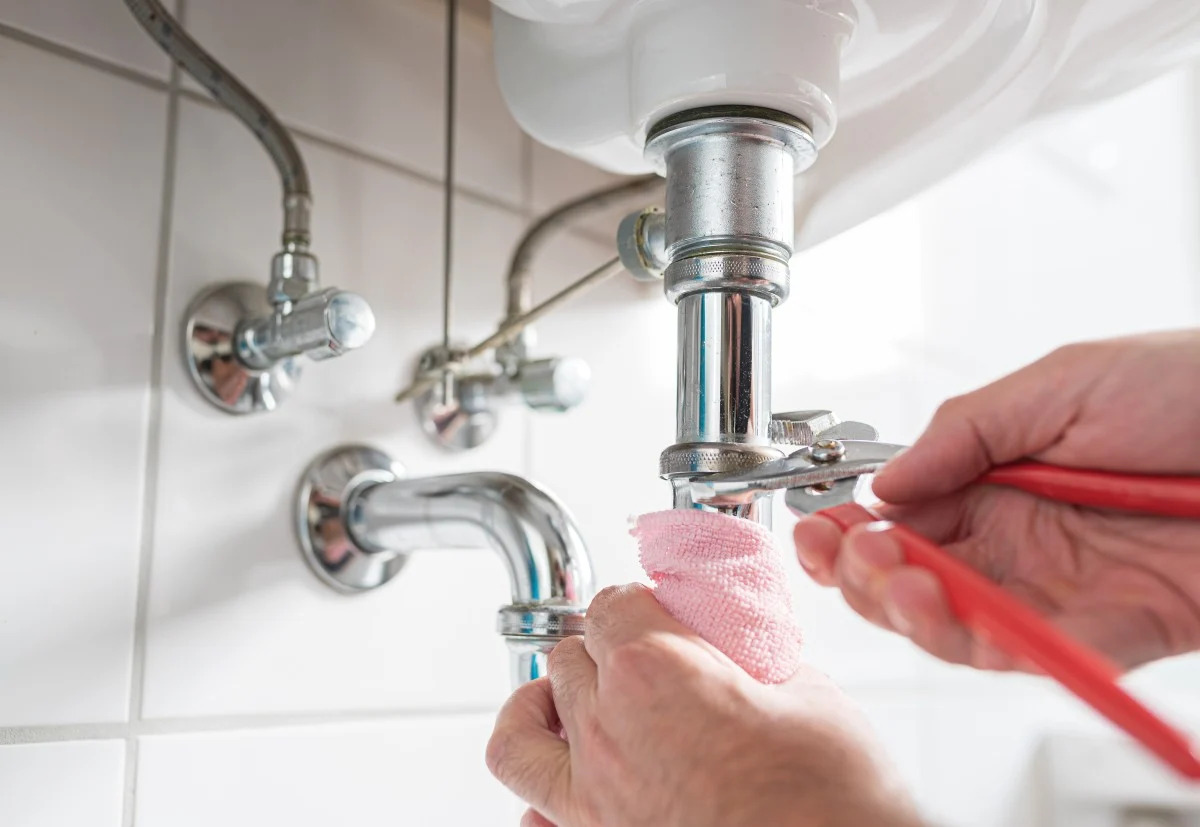
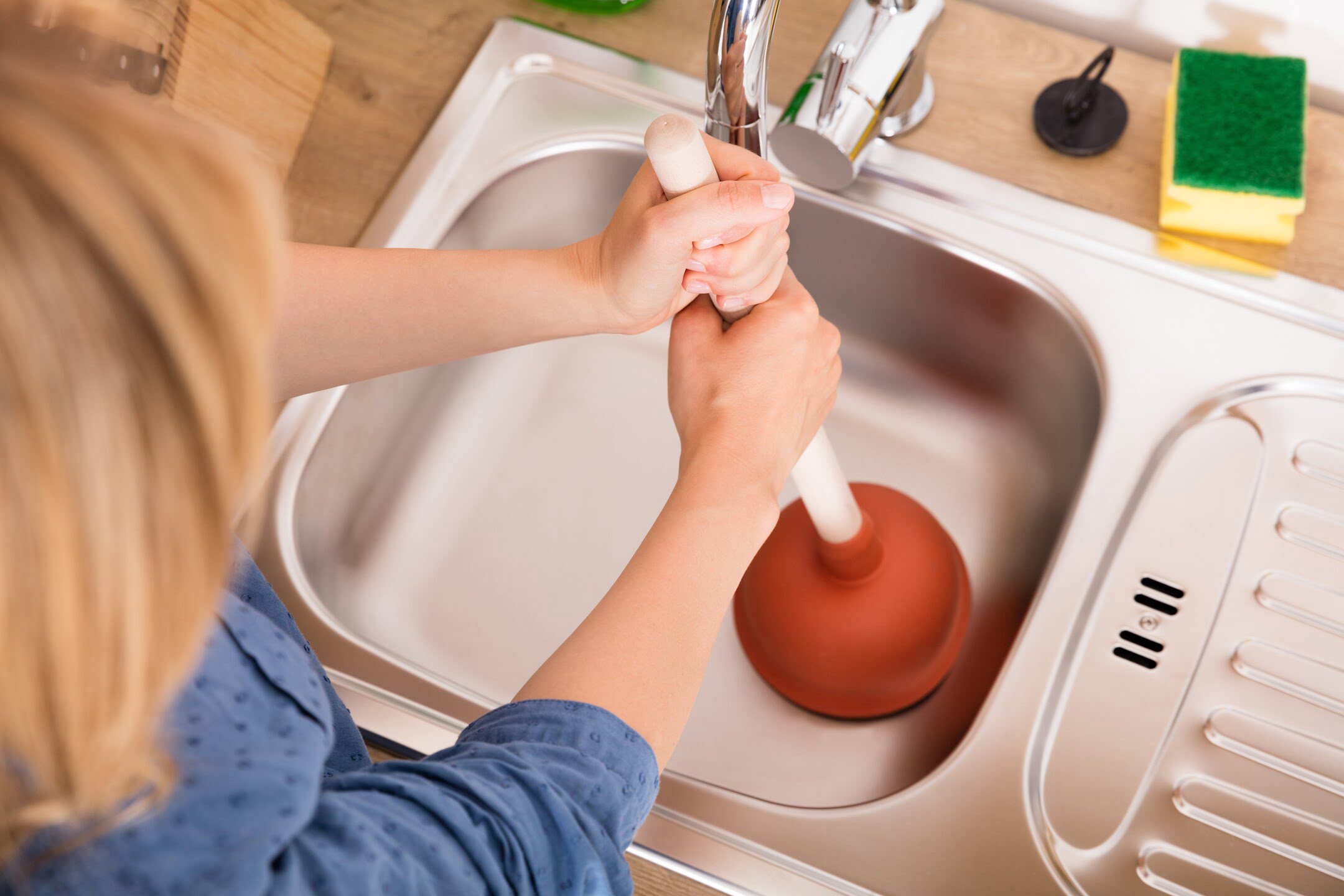
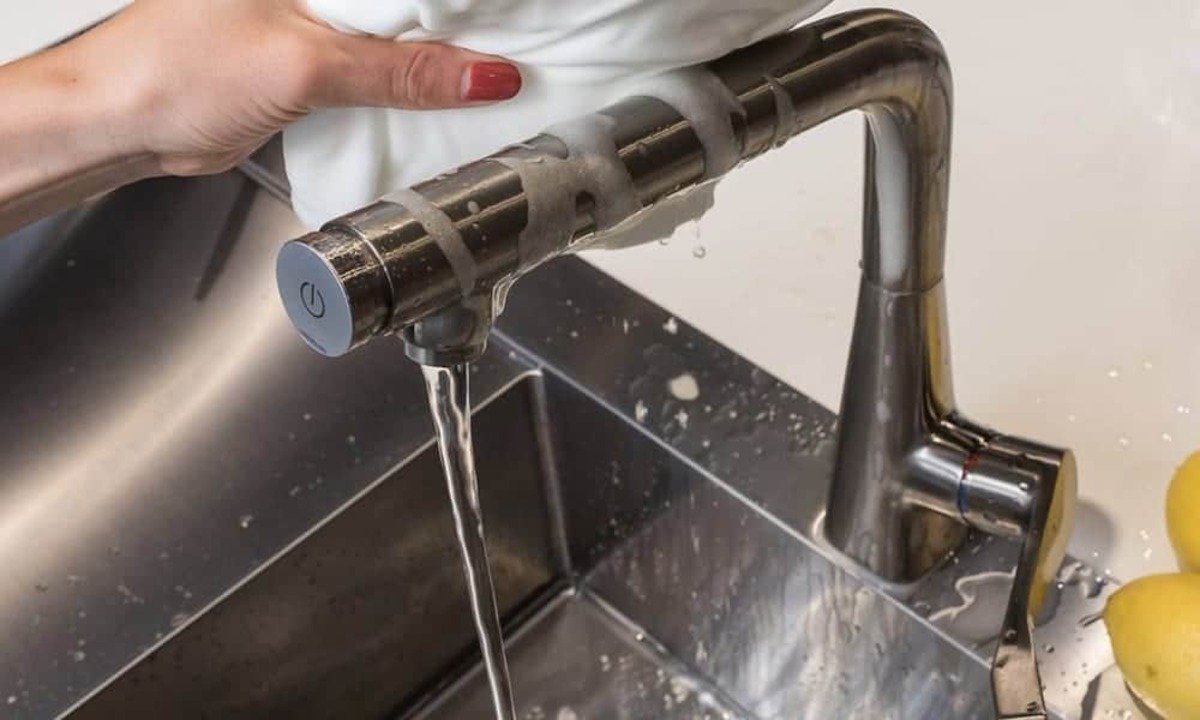
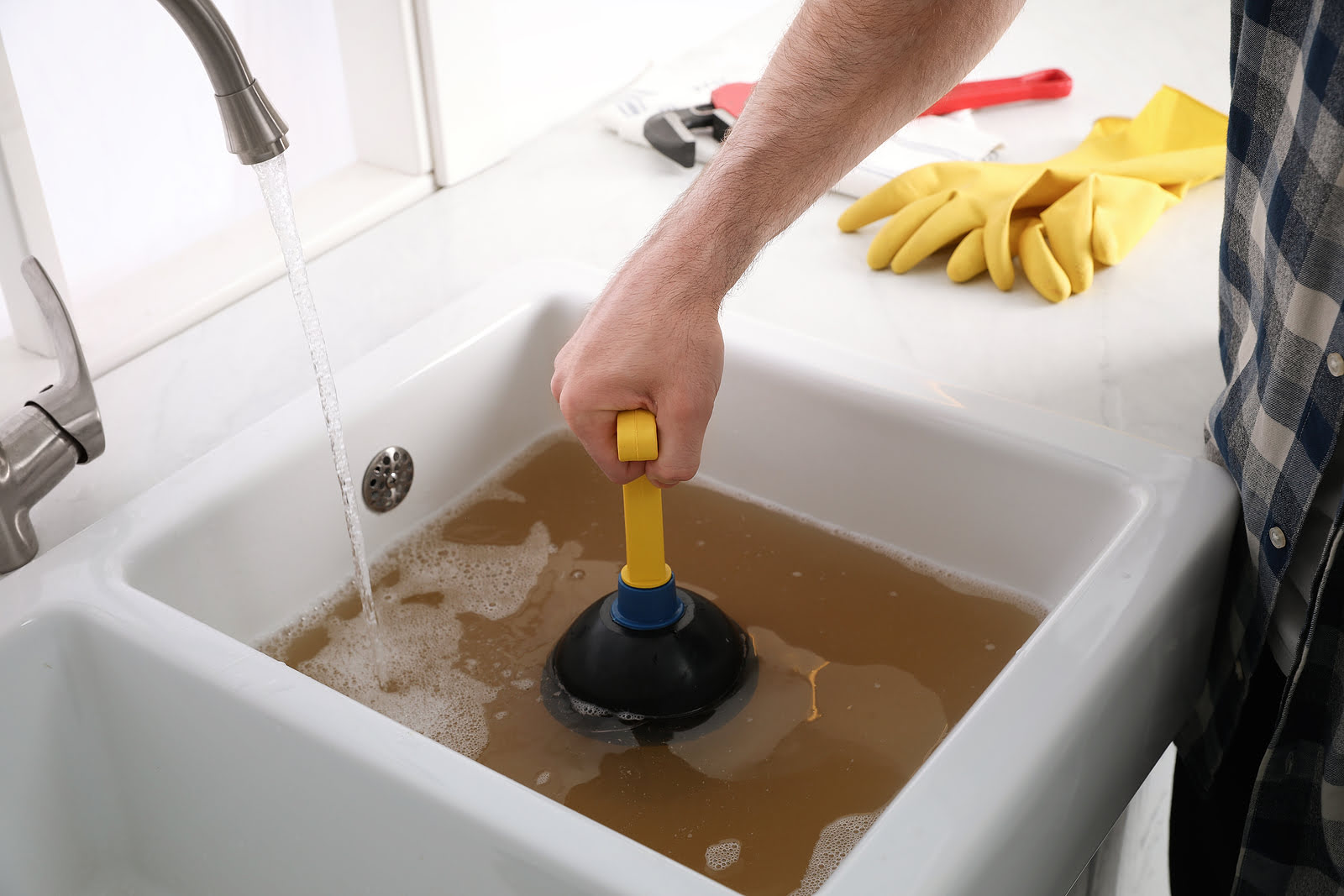
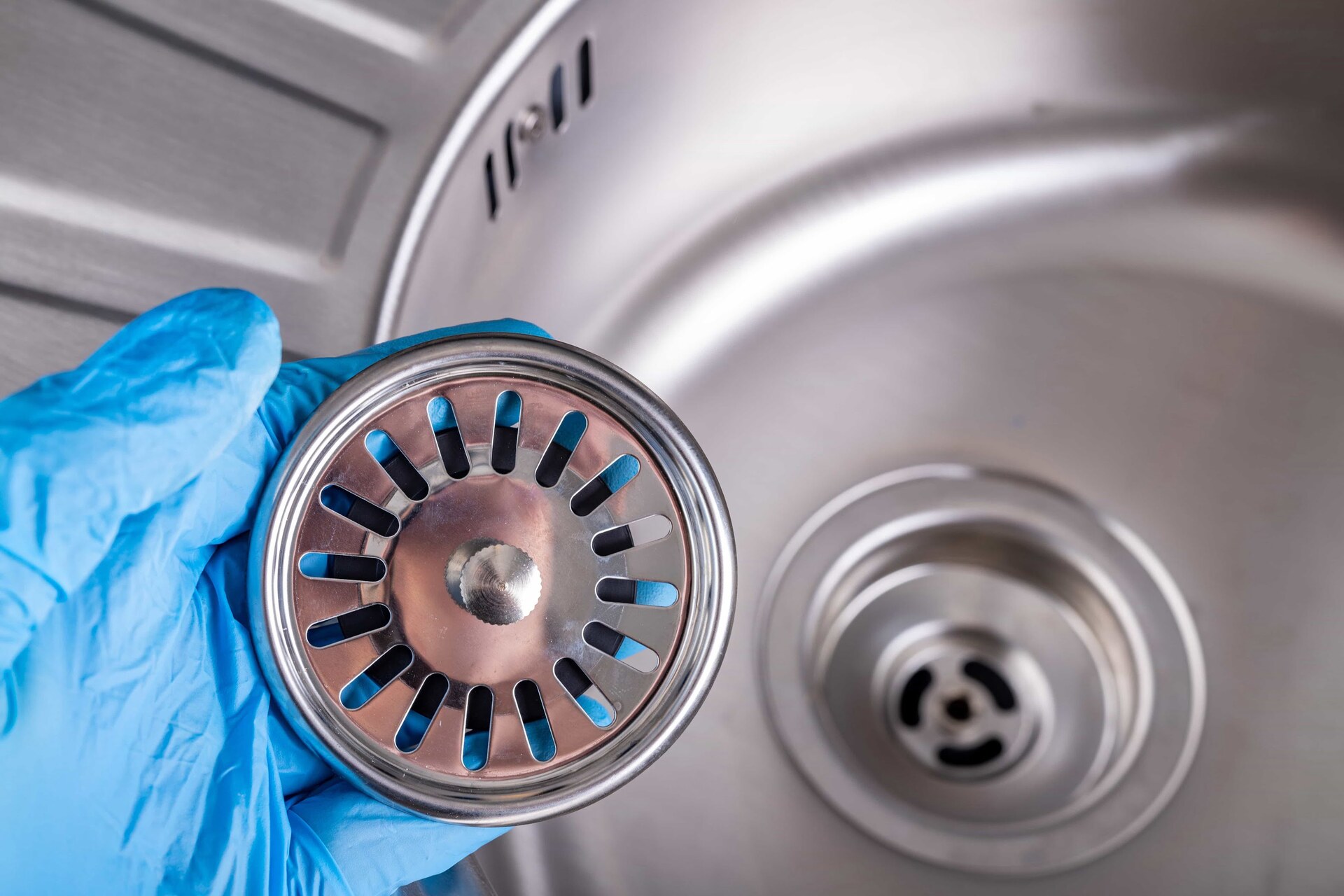
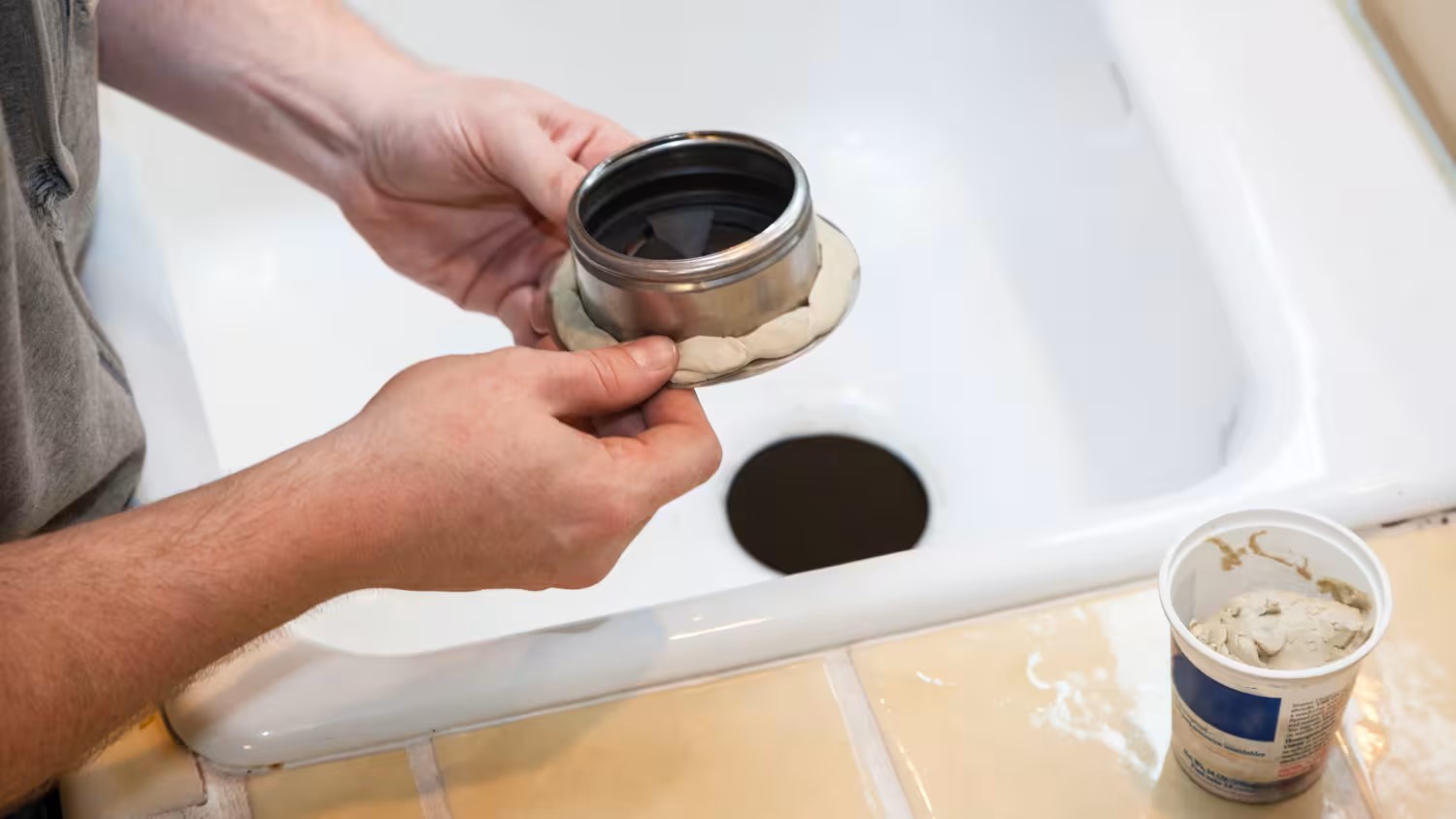
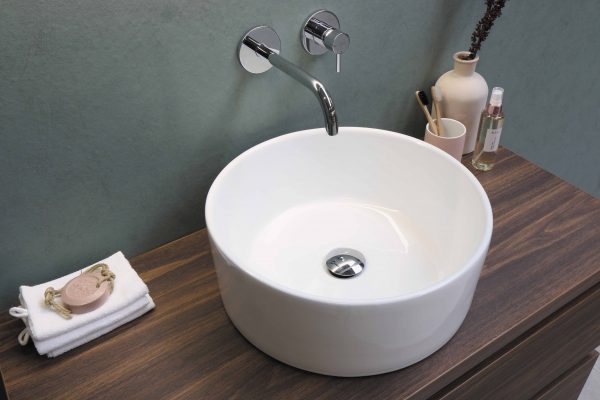
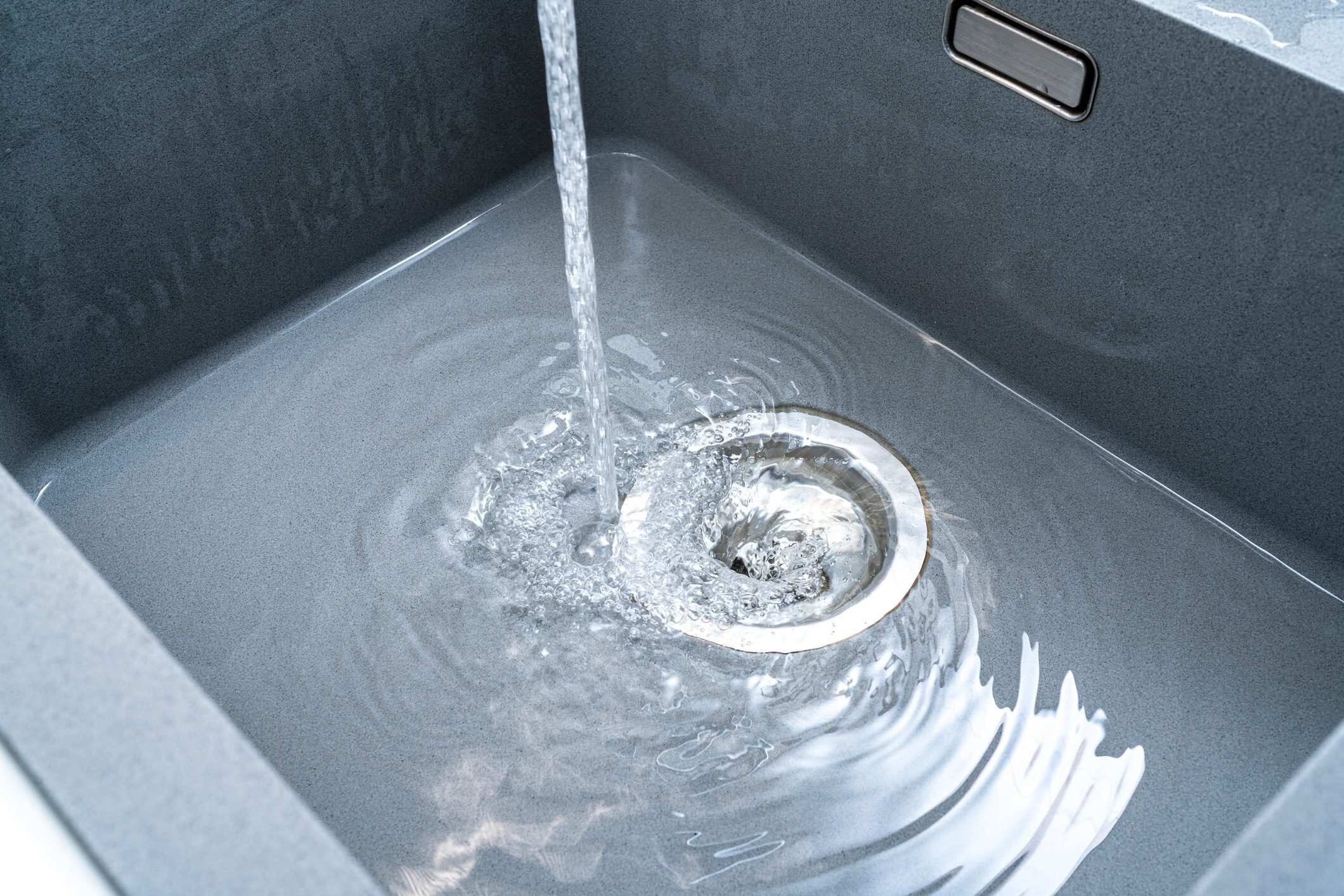

0 thoughts on “How To Clean A Bathroom Sink Drain”